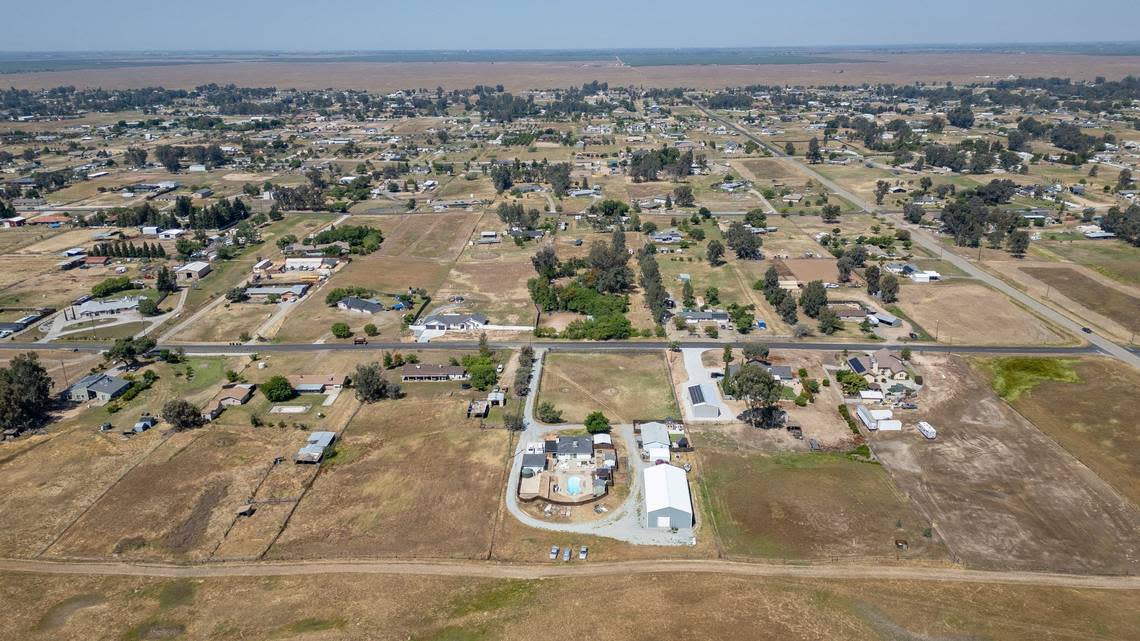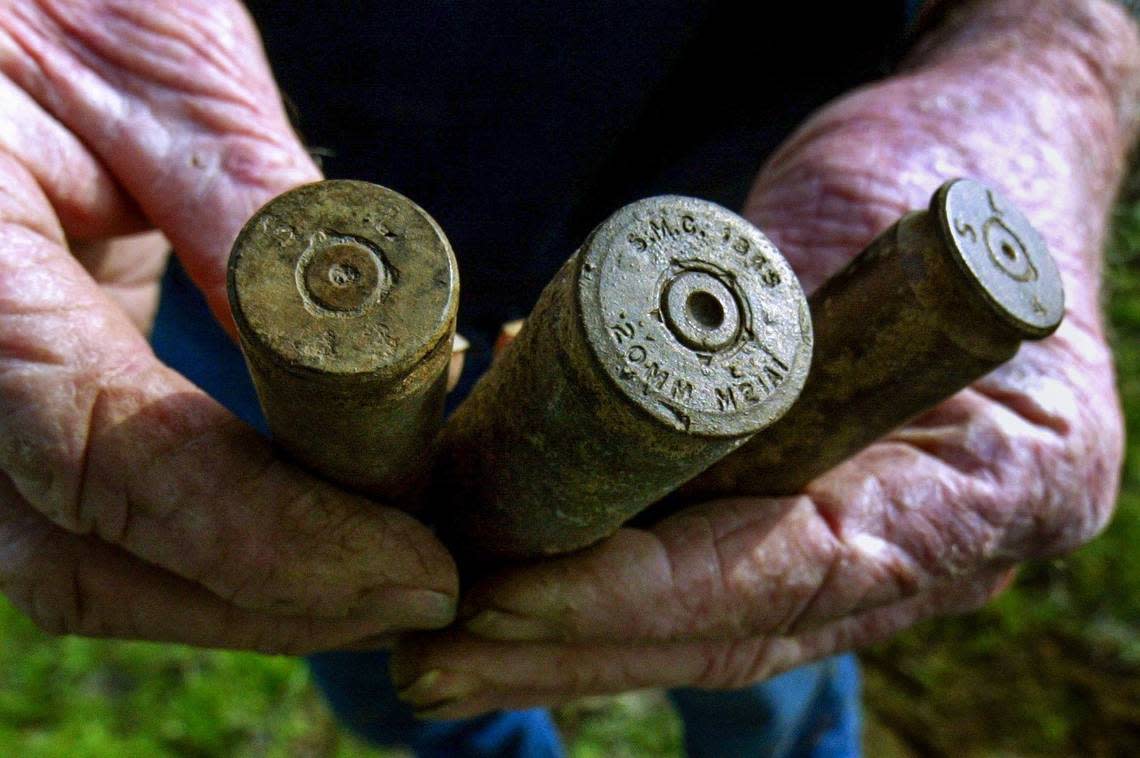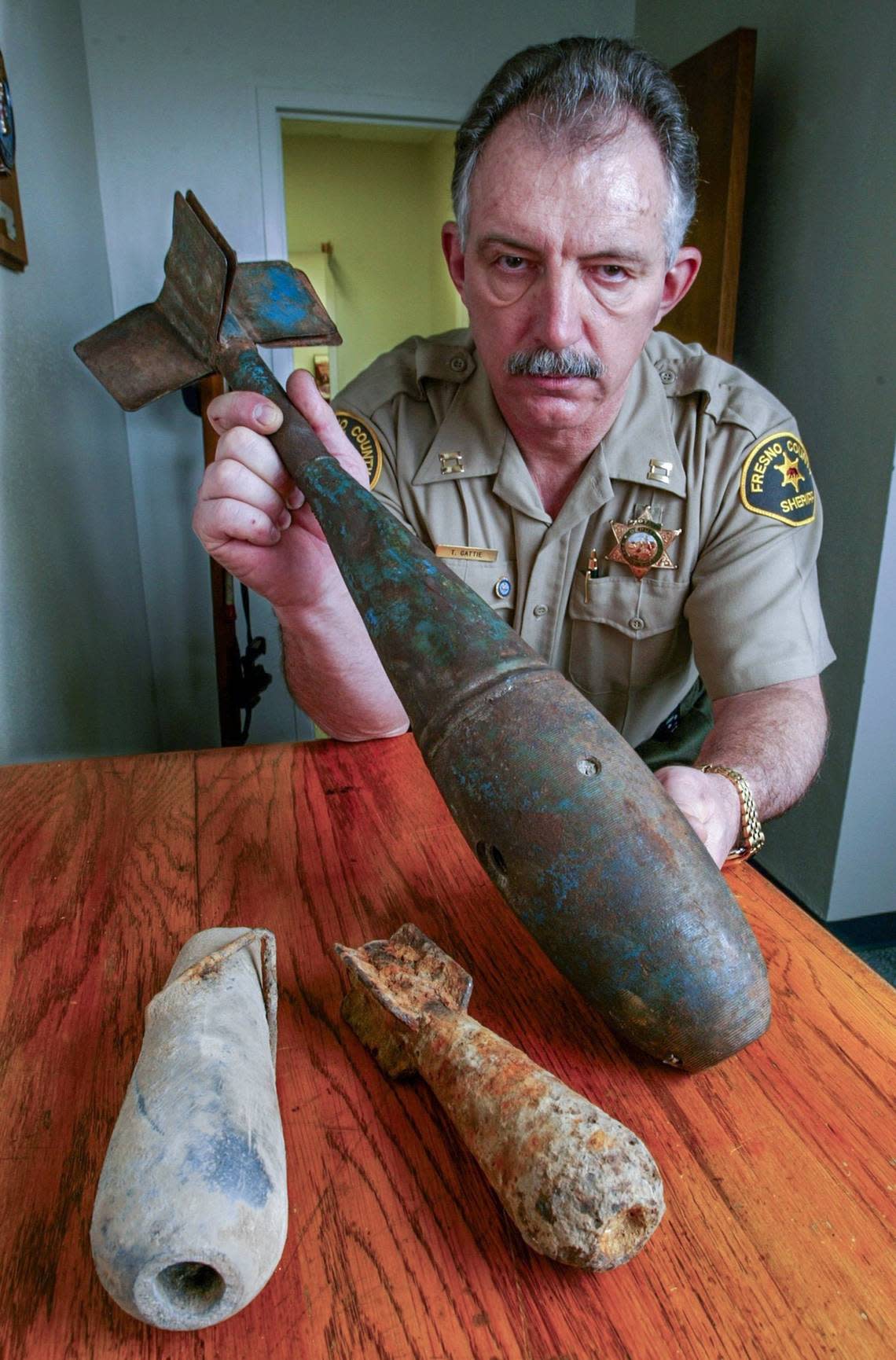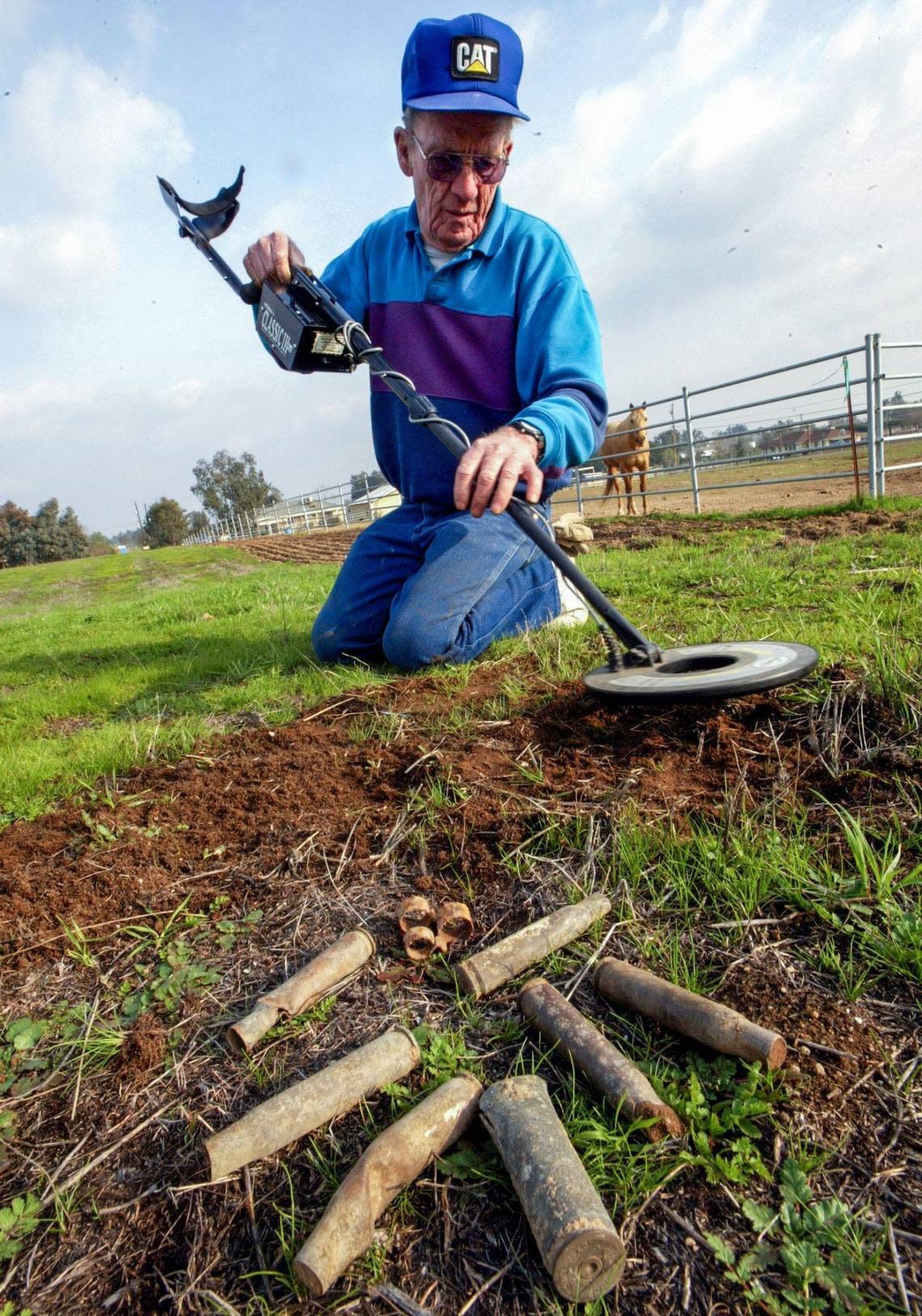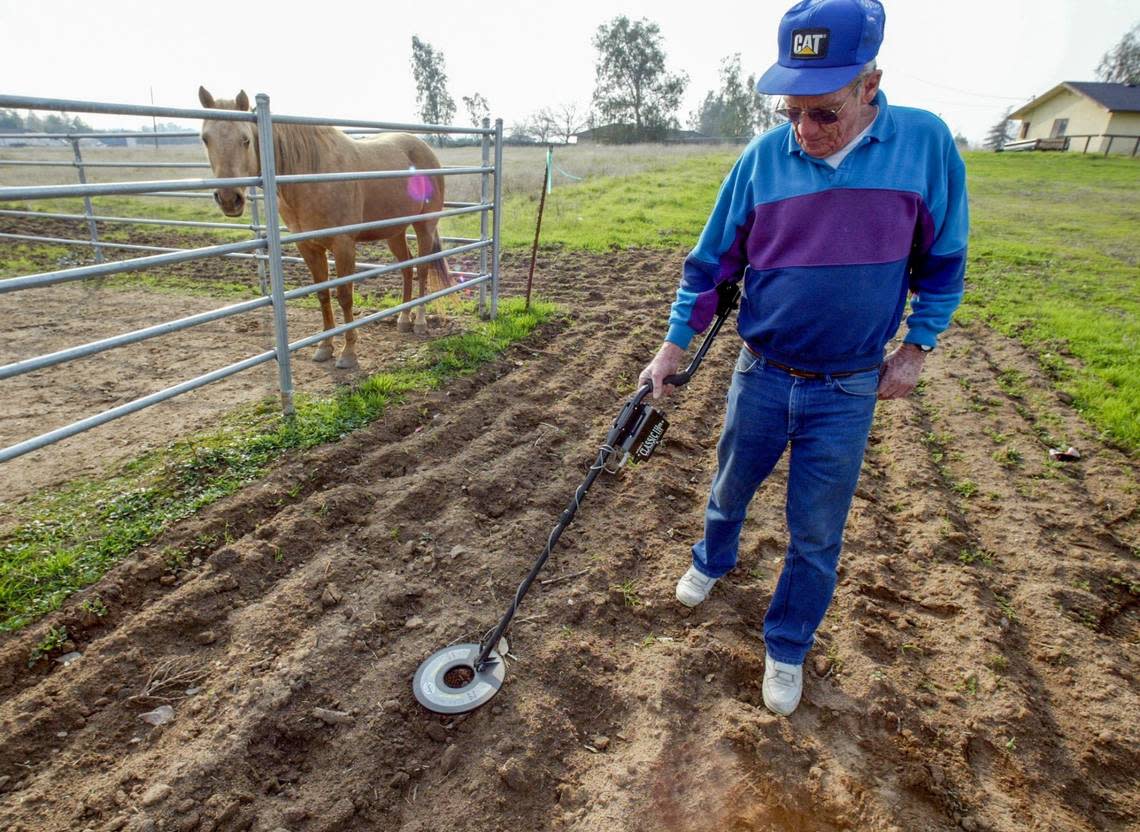This subdivision in Madera County was once a military bombing range. Is it safe now?
Reality Check is a Fresno Bee series holding those in power to account and shining a light on their decisions. Have a tip? Email tips@fresnobee.com.
A former military bombing range in Madera County was pounded by bombs from Army and Navy aircraft 20 years before it became a pricey subdivision with sprawling ranch-style homes on large lots.
Bonadelle Ranchos’ past history as a World War II target range resurfaced due to a report by the journalism watchdog ProPublica, which lists thousands of former such sites.
However, a spokesman for the Army Corps of Engineers, the agency in charge of such cleanups, believes residents in the Ranchos, located on Highway 145 about four miles west of Highway 41 are at low risk.
“It’s a low priority,” said Tyler Stalker, a spokesman for the Corps.
Stalker explained that while the area was targeted by thousands of bombs dropped by planes such as the B-24, live munitions were not used. The site was also strafed by Navy planes firing machine gun rounds and unarmed rockets, but officials say no high explosives were left behind.
While former military sites in other locations in other areas may still contain unexploded ordinance or dangerous chemicals, that does not appear to be the case at Bonadelle Ranchos, Stalker said.
“The risk of somebody being harmed is lower that other sites,” he added.
“Low risk” of harm?
In a 2004 Fresno Bee article about the bomb site, Corps officials said that any plans for a cleanup would not begin before 2040. That date has not moved up since. In fact, Stalker said there is no current funding for such an effort.
A 1999 report by the Army provided an extensive background of the range, created in 1941 during the rollup to World War II, when rancher R.K. Smith and his wife Mary of the Adobe Ranch leased the six-square-mile parcel to the Army.
The Navy began using the range several years later, after setting up a mock city, a mock pier, a mock warship and a mock radar site for target practice.
Army Air Corps bombers flying out of Hammer Field, now Fresno Yosemite International Airport, targeted the site, as did Navy dive bombers like the Douglas Dauntless, flying from Naval Air Station Alameda in the San Francisco Bay Area.
In a Fresno Bee article published shortly before the range was opened to bombing, Hammer Field Commander Col. Guy Kirksey cautioned the public to stay away.
He warned that dummy bombs with a small amount of explosives would be used.
“He said regular war bombs cannot be used because they would blow up the whole range,” according to the article.
Green lime marked site
“The fliers will aim their bombs at targets marked out on the ground with lime.” It added.
The 1999 Corps report noted some munitions missed their targets, and that some caused fires in surrounding pastures in the summers of 1942 and 1943. That resulted in claims for thousands of dollars in damage.
The military’s lease ended in 1946, when it was noted that there were about 15,000 practice bomb shells on the property.
The 2004 Fresno Bee article said that before the military gave up their lease, officials picked up munitions during a surface sweep, but did not “delve underground.”
It’s possible that large .50 caliber bullets, weighing 1.5 ounces and fired at near 3,000 feet per second, could penetrate the ground up to a foot or more.
The property was sold to the Bonadelle Ranchos Corporation in 1965, according to the military.
Sold for a subdivision
The restoration program report notes that over the years, residents reported finding military residue, including what they believed to be three live mortar rounds in the early 1980s. But the report provided no explanation as to why mortar projectiles, typically used by infantry units, would be found on an Army Air Corp. and naval aviation range.
Remnants of practice bombs, containing no explosives have also been reported, along with the .50 caliber machine gun bullets and 20 mm cannon shells.
The 2004 Fresno Bee report noted that “a least four military devices” had been found in the subdivision “in the past four years,” and collected by Madera County Sheriff’s deputies.
The military report did not include information as to whether spent lead rounds, such as the .50 caliber bullets, posed a risk because of the potential toxicity of the heavy metal.
However in a 2004 report, the online journal ScienceDally noted that spent lead bullets are distributed in multiple locations throughout the United States because of the estimated 9,000 non-military shooting ranges in the nation.
Researchers at one range in Virginia found 11 metric tons of lead at a shotgun range, and 12 metric tons at a rifle range.
The report quoted Professor Donald Rimstidt, a professor of Geosciences at Virginia Tech University, who reported that lead “is not very mobile. It does not wash away in surface or ground water.”
